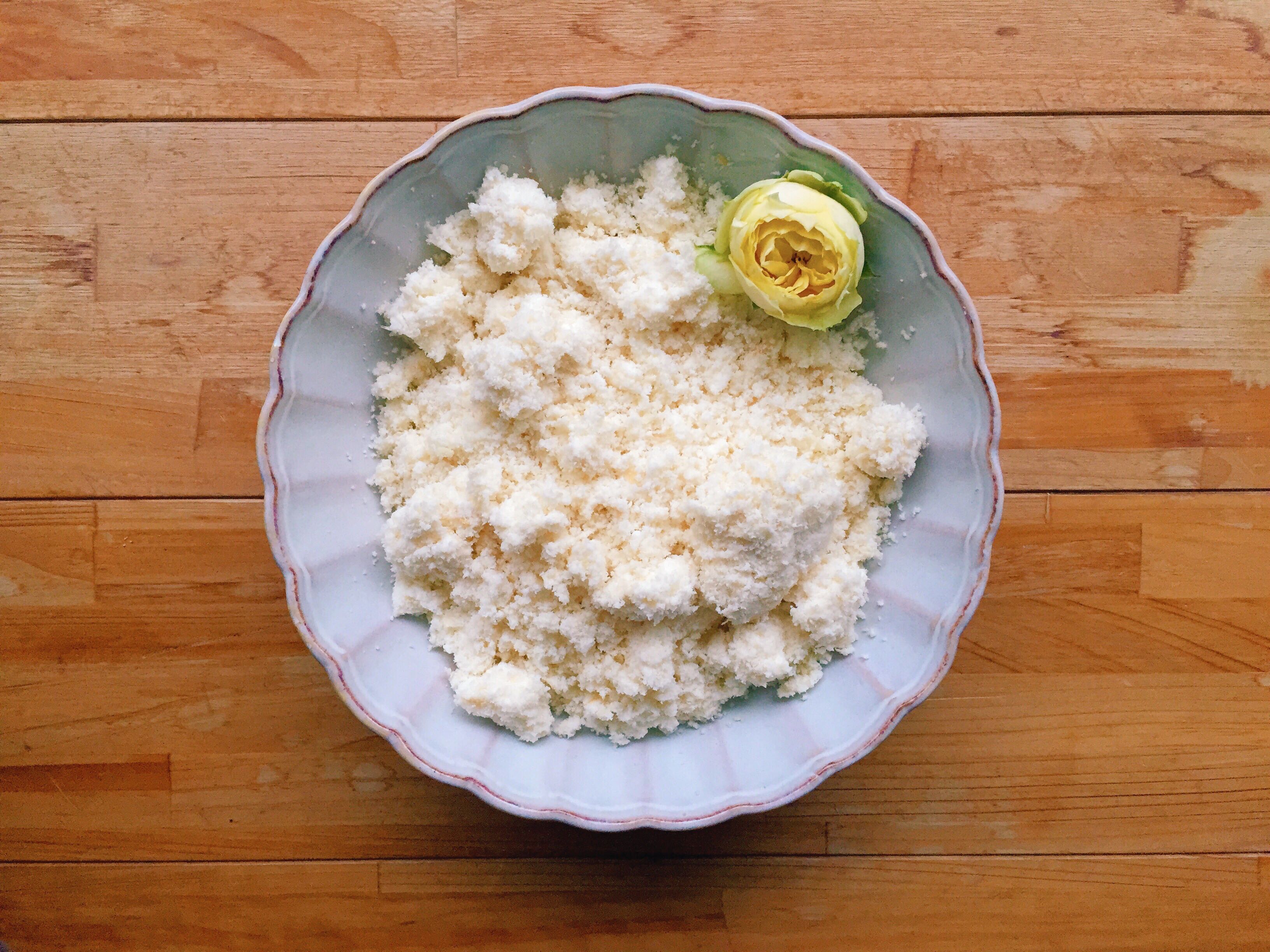【43日目】誰にでも聞き取れないことはある
こんにちは!
だんだん天気も回復してきた様に
思いますね(^^)
たまには外を散歩して
気分をリフレッシュするのが
私にとっては至福のひと時です。
みなさんの至福のひと時は
何ですか?
=================
目次
=================
➤誰にでも聞き取れないことはある
➤インプットの時間
➤本日のワーク
=================
①誰にでも聞き取れないことはある
英語を聞く場面に面したとき、
ネイティブでも聞き取れないことは
あります。
それは大抵、
相手が話すスピードが速すぎたり
独特なイントネーションを
持っているかですね。
決して自分が聞けなかったから…
と思わなくても大丈夫です。
その際はしっかりと
聞き返しのフレーズを
言えれる様になるだけです!
1. I beg your pardon?
訳:もう一度おっしゃってもらっていいですか?
2. I’m sorry. I couldn’t catch that.
訳:すみません、聞き取れませんでした。
3. Could you repeat that for me?
訳:私のためにもう一度繰り返してください。
4. Do you mind repeating that?
訳:もう一度言ってください。
5. Sorry, I wasn’t paying attention.
訳:ごめんなさい、注意が逸れていました。
また再度、
何度もインプット作業を
行って下さい!!
②インプットの時間
では、今回もテーマに沿った
英語記事を読んで頂きます。
しっかり理解しながら
読み進めてくださいね!
もちろん今回も私が
間に入って理解力を確認しますね!!
WAYS TO EXPRESS YOU DIDN’T HEAR OR UNDERSTAND
Imagine you’re having a conversation in a foreign language and simply can’t understand what somebody just said to you. What do you do then? At least I often find myself blurting out something slightly rude like “What?” or “Huh?” instead of a nicer, more sensible reaction.
In very informal speech, such as with close friends, it may be alright to use expressions like “Huh?” or “What?” in English when you couldn’t hear or understand somebody, but in most cases you should communicate in a bit more polite way.
Below you’ll find a few examples of English expressions that you can use when you don’t understand or couldn’t hear something.
I recommend visualising yourself in these situations and saying these phrases out loud often, so they will come to you automatically when the phone reception is bad or you miss a question in a lively conversation.
❶作者が外国語を話す際に聞き取れなかったら
何と言っていますか?
❷作者はフレーズをどうすることを
おすすめしていますか?
With these phrases, you can simply ask that the other person repeats what they said:
Sorry, I didn’t understand. Could you say that again, please?
Sorry, I didn’t catch that. Could you repeat a little louder, please?
If the sound on the phone is unclear or the person you’re talking to is speaking too quietly, you can say:
I can’t hear you very well. Could you speak up, please?
If you don’t understand a certain word, you can ask the other person to explain:
I don’t know that word, could you please tell me what it means?
If you have already asked them to repeat once, but still can’t understand, you can say you’re sorry in the following ways:
Sorry, English is not my first language. Would you mind repeating that once more?
Sorry, my English is not that great. Would you mind speaking more slowly?
③本日のワーク

以下の翻訳をしてください。
Ever stood in a Japanese supermarket aisle for what feels like forever, staring at a strange-looking vegetable or illegible packet of mystery goo? Today's mystery is okara, let's have a look at this surprisingly versatile Japanese ingredient.
So, what is okara?
Okara or soy pulp is much more than it sounds. The leftover “stuff” from producing soy products, it’s either sold for very cheap (anywhere from just ¥60 – ¥150 a bag), given away for free (even by supermarkets), or simply thrown out. But believe it or not, okara is what brought me to Japan.
👇ここから👇
This miracle food that’s low in fat and high in calcium, protein and dietary fiber is sold at almost all Japanese supermarkets in the tofu aisle. It is usually white or yellowish in color though you can also find greyish okara, a by-product of black soybean tofu.
Unlike its siblings, soymilk, and tofu, this Japanese ingredient isn’t consumed on its own. In Japanese cuisine, it is commonly used to prepare unohana 卯の花, a popular and traditional savory side dish made by combining okara, vegetables such as carrots, burdock, negi (leek or green onion), shiitake mushrooms, shoyu (soy sauce), mirin (Japanese rice wine) and sometimes konnyaku (elephant yam). Like okara, ready-made unohana is also available at most Japanese stores; generally found in the takeout food isles.
👆ここまで👆
What can you make with okara?
In addition to savory dishes like unohana, you can use okara as a versatile nutritious, and diet-friendly addition to baked goods. In gluten-free recipes, okara can entirely replace flour, giving baked goods a wonderfully moist feel. And in vegan baking, it is a convenient egg substitute. Even in a recipe containing gluten, egg, and/or dairy, simply adding 1/4-1/2 cup of okara to your cake or muffin batter is an easy way to up your good-health brownie points.
My personal favorite way to use okara is to make okara crumble. It is unbelievably easy, so wonderful and so good for you!
I have chosen to flavor this okara recipe with blueberry seeing as blueberries are one of Japan’s most nutritious summer fruits. This is because the anthocyanin pigments found in these tiny blues are actually quite powerful, helping boost skin elasticity and protecting against UV damage too.
In addition, blueberries boast a high count of both Vitamins C and E which you already know are good for you. In saying that, if you’re not a blues fan, you can always substitute another berry or fruit. Fresh summer raspberries or generally dried fruit are a good choice.
Happy, healthy scoffing!
それではまた(^^)